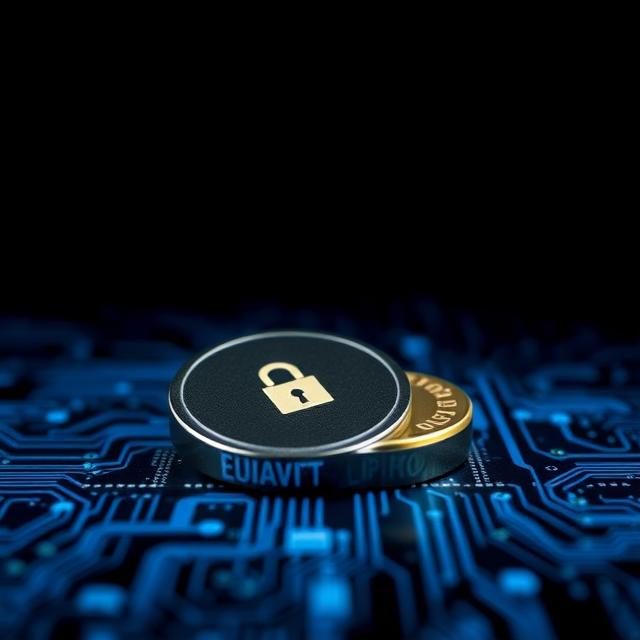In a world where passwords are constantly being leaked, phished, or cracked, it’s clear that the traditional login model is broken. That’s where FIDO—Fast IDentity Online—comes in.
FIDO isn’t just another security layer. It’s a fundamental rethinking of how we authenticate users online—one that’s more secure, more private, and often more convenient than passwords. In this post, we’ll walk you through the key benefits of FIDO and explain how it works under the hood.
On-Device Credentials (Never on a Server)
In traditional login systems, your password or secret is stored on a server—sometimes hashed, but always at risk of being stolen if the server is compromised.
FIDO flips this model completely.
- With FIDO, your private keys are stored only on your device—never on a central server.
- During login, your device uses the private key to sign a cryptographic challenge from the server.
- The server only stores the public key, which is useless to attackers without the private counterpart.
What this means:
- No centralized secrets to steal: A data breach at the service provider won’t expose your login credentials.
- No phishing: Since the private key never leaves the device and is tied to the correct domain, phishing sites can’t trick you into logging in.
This on-device approach makes FIDO inherently resistant to the most common types of attacks on passwords.
Local Biometric or PIN (Not Server-Verified)
One of the great strengths of FIDO is how it integrates with modern devices. You can authenticate using:
- Your fingerprint
- Your face
- Or a local PIN
But unlike traditional systems, none of these methods are verified on a server. Instead, verification is handled locally on the device—inside a secure element like the Secure Enclave (Apple), TPM (Windows), or Android Keystore.
How the PIN actually works
- The PIN is never stored in plaintext.
- Instead, a secure, cryptographically derived hash of the PIN is stored inside the device’s hardware authenticator.
- When you enter the PIN:
- The device applies the same hash function to your input.
- It compares the result to the stored value—all within a secure chip, not the OS.
If it matches, the authenticator unlocks access to the private key and performs the cryptographic signing.
🛡️ Why brute-force attacks don’t work
- The PIN never leaves the device, and it’s never sent to a server.
- The secure hardware enforces rate limiting:
- After a few failed attempts, delays are added.
- After repeated failures, the authenticator may lock itself or require a full reset.
This makes offline brute-force attacks impossible. An attacker can’t extract the hashed PIN or test guesses outside the hardware. Every guess must go through the secure chip—and it only allows a handful.
🔄 Summary: The PIN isn’t used like a traditional password. It’s a local key to unlock the device’s authenticator—verified only in hardware, never sent anywhere, and protected against brute force.
Document Authentication (DocAuth)
Sometimes, you need more than just login—you need to prove who you are. FIDO can also be extended with DocAuth, short for Document Authentication.
This allows you to:
- Scan and verify real-world documents like passports or driver’s licenses.
- Tie verified identity to your FIDO credentials.
DocAuth is especially valuable for:
- Banking
- e-Government
- Regulated industries where legal identity matters
It ensures that the person logging in is not just a valid user—but the right user.
Multi-Device Credentials (aka “Passkeys”)
Originally, FIDO credentials were bound to a single device. That was great for security—but not ideal for convenience.
Now, modern FIDO implementations (like passkeys) allow you to sync credentials securely across devices, such as:
- From your iPhone to your Mac
- From your Android phone to your Chromebook
These passkeys are:
- Encrypted end-to-end during sync
- Tied to your identity, and still use biometric or PIN protection
✨ Why this matters
- You don’t have to re-register every new device.
- You get passwordless login everywhere, with the same high security.
- Lost a device? No problem—just remove it from your account and sync a new one.
Wrapping Up
FIDO isn’t just an improvement over passwords—it’s a complete upgrade to how we authenticate users.
Let’s recap the benefits:
| Feature | Benefit |
|---|---|
| 🔒 On-device credentials | No secrets stored on servers—resistant to breaches |
| 👆 Local biometric/PIN | Nothing shared with servers, no passwords to steal |
| 🚫 No brute-force risk | Secure hardware enforces rate limits and lockout |
| 🪪 DocAuth | Tie FIDO credentials to real identity when needed |
| 🔁 Multi-device sync | Enjoy convenience without compromising security |






